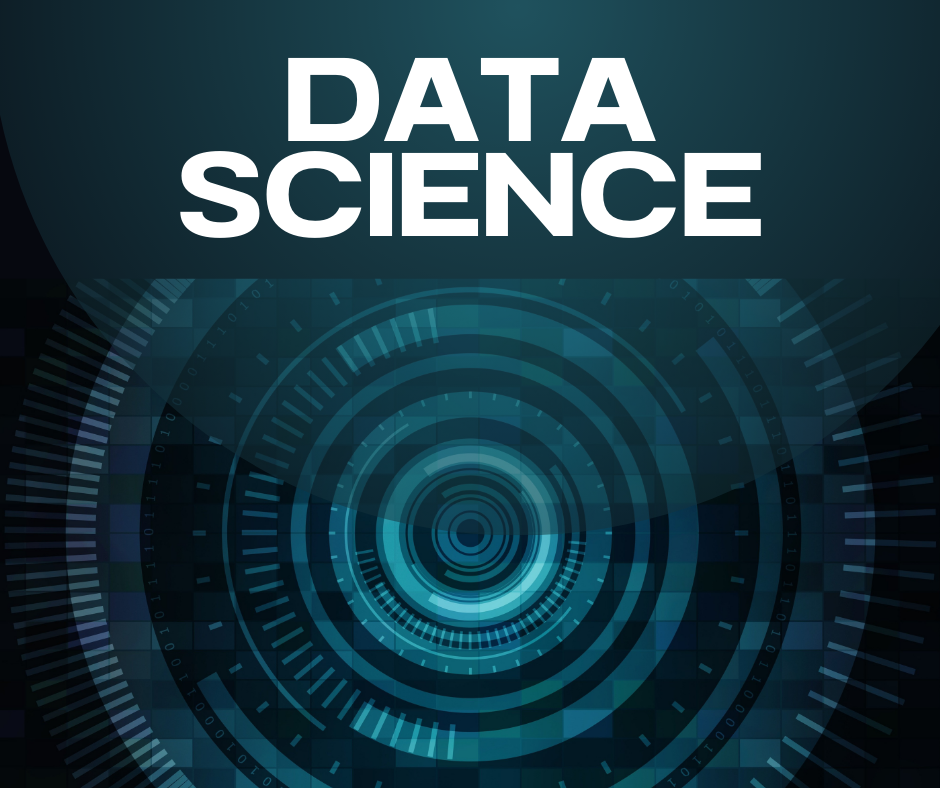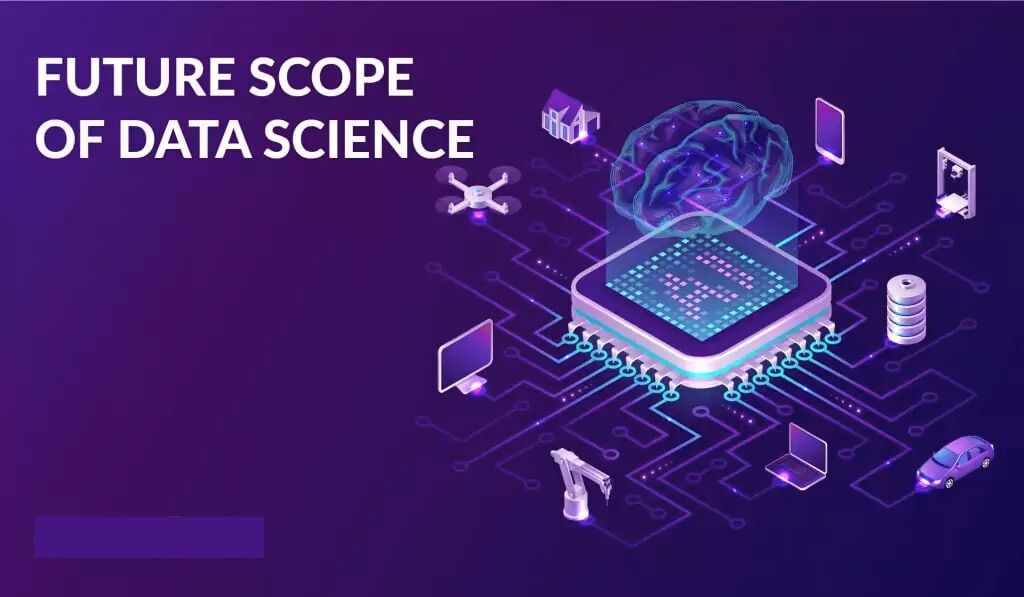Became Data-Science : Clear Mind & Focused Flow, Bold Growth

Strong 8k brings an ultra-HD IPTV experience to your living room and your pocket.
The world where decisions are driven more by instinct than insight, data science offers clarity. For aspiring professionals in 2025, the path into this field may seem uncertain, but the right mindset, a structured approach, and strategic learning can turn that uncertainty into opportunity. Data science is more than just a technical skill set it’s a philosophy of approaching problems with logic, curiosity, and evidence.
Let’s unpack what it truly means to be data-driven and how beginners can cultivate a clear mind, focused flow, and bold direction to succeed in this transformative domain.
The Power of Data-Driven Thinking
Being data-driven isn’t just about using data tools; it’s about adopting a mental framework that questions, tests, and refines.
Why It Matters:
Reduces bias and guesswork in decision-making
Improves outcomes through measurable strategies
Encourages experimentation over assumptions
Builds credibility through evidence-backed insights
Industries across the globe now prefer professionals who don’t just follow trends they interpret data to define them. The demand is high, but so is the expectation: those entering data science must think analytically, move intentionally, and adapt boldly.
Clarity Begins With a Strong Foundation
A clear mind in data science starts by understanding its essential components. Before diving into advanced tools, every beginner must master the fundamentals.
Core Components of Data Science:
Statistics & Probability – the bedrock of insight
Programming – usually Python or R, used to analyze and automate
Data Manipulation – working with messy, real-world datasets
Data Visualization – turning complexity into clarity
Machine Learning – finding patterns, making predictions
Communication – translating findings for decision-makers
Without these, a learner may feel overwhelmed or directionless. With them, clarity follows.
Build Focused Flow: The Learning Mindset
Learning data science isn’t about speed it’s about steady flow and sustained focus. Many learners struggle not because of difficulty, but due to distraction or poor planning.
Steps to Maintain Focused Flow:
Define Weekly Learning Goals: e.g., “Master basic Python syntax this week”
Break Tasks Into Micro-Lessons: Avoid 4-hour study blocks—opt for 25-minute sprints
Track Progress Visibly: Use checklists or digital tools to stay motivated
Avoid Multitasking: Focus on one skill at a time statistics today, SQL tomorrow
Engage with Communities: Platforms like GitHub, Kaggle, and LinkedIn foster accountability
By focusing on one concept or tool at a time, learners create “flow” that productive mental state where learning becomes intuitive.
Key Tools and Platforms for Starters
Beginners often ask: “Where should I start?” While there’s no single right answer, certain tools and platforms consistently help new learners gain traction.
Essential Tools to Learn First:
Python (with libraries like Pandas, NumPy, Matplotlib)
Jupyter Notebooks for interactive coding
Google Colab (for cloud-based practice)
SQL for querying databases
Tableau or Power BI for dashboard building
You don’t need to master all at once. Start small, practice consistently, and build up naturally.
Avoiding the Common Beginner Pitfalls
Even with the best resources, many beginners get stuck. Recognizing and avoiding these early can make the journey smoother.
Common Mistakes:
Learning everything at once – Focus creates flow, not chaos
Ignoring the math – Without statistics, your models are guesses
Skipping real-world projects – Tutorials teach, but projects prove
Avoiding documentation – Learning how to read docs is a superpower
Not practicing communication – Insights must be shared, not just discovered
Clarity comes from recognizing what not to do as much as knowing what to pursue.
Bold Steps: Turning Learning Into Impact
Learning alone is not enough. Bold steps mean applying what you’ve learned—through personal projects, internships, freelancing, or research.
How to Step Forward Boldly:
Build Real Projects: Analyze sales data, predict weather, map tweets—anything real
Create a Portfolio: Host your work on GitHub with clear documentation
Share Your Journey: Post insights on LinkedIn or start a blog
Join Competitions: Use platforms like Kaggle to test your skills
Seek Feedback: Growth accelerates when feedback is embraced
These steps may feel risky, but boldness is what transforms learners into professionals.
Learning Pathway Example for Beginners
If you're unsure how to structure your journey, here’s a 6-month sample roadmap:
Beginner’s 6-Month Data Science Flow:
Month 1–2:
Learn Python basics
Understand data types, loops, functions, and libraries
Start simple datasets (e.g., Iris, Titanic)
Month 3–4:
Dive into statistics and probability
Practice data cleaning and wrangling with Pandas
Explore visualizations with Seaborn or Tableau
Month 5:
Learn machine learning fundamentals
Build models (regression, classification)
Understand overfitting, accuracy, and model selection
Month 6:
Create a portfolio with 2–3 complete projects
Publish your work and start networking
Apply for internships or entry-level roles
Each learner’s pace may vary, but structured, focused steps yield stronger outcomes than scattered, overwhelmed ones.
Navigating the Learning Ecosystem
Choosing a learning platform is key. Many are free, while others offer mentorship or certificates. Structured options like an Online Data Science course in Noida provide guided paths for those in cities like Kanpur, Ludhiana, Moradabad, Delhi, and others across India, where the data boom is fueling job demand across sectors.
Rather than simply promoting a course, it’s important to evaluate what fits your goals, schedule, and learning style.
What Comes Next After Learning?
Once you’ve built your foundation and portfolio, it’s time to explore roles that match your strengths.
Potential Career Roles:
Data Analyst – Focuses on interpreting data and trends
Business Intelligence Developer – Creates dashboards and insights tools
Machine Learning Engineer – Designs models that learn and improve
Data Engineer – Manages data infrastructure and pipelines
AI Research Assistant – Supports algorithm development and testing
Don’t rush to specialize—explore broadly before you narrow your focus.
The Future of Data Science: Where Are We Headed?
As 2025 unfolds, the data science field is becoming more accessible—and also more complex. Trends like the following are shaping the next wave of opportunity:
Low-Code & No-Code Tools: Making data workflows easier for non-coders
AutoML: Automating parts of model building
Edge AI: Bringing data processing to smart devices
Data Ethics: Growing importance of bias detection and responsible AI
Synthetic Data: Simulated data used for training when real data is scarce
Learning is no longer optional. It’s a continuous requirement. But with the right mindset, clarity, and bold action, you'll not just keep up—you’ll lead.
Final Words: Data Science Begins in the Mind
The real journey into data science doesn’t begin with Python or algorithms. It begins with clarity of purpose, focused learning, and the boldness to apply what you’ve learned. You don’t need to know everything to get started—but you do need to start with intention.
Wherever you are—be it Noida, Kanpur, Ludhiana, Moradabad, Delhi, or any other city in India—the tools and opportunities are within reach. In the world of data, clarity is power. Flow comes from practice. And bold steps lead to transformation.
Note: IndiBlogHub features both user-submitted and editorial content. We do not verify third-party contributions. Read our Disclaimer and Privacy Policyfor details.



